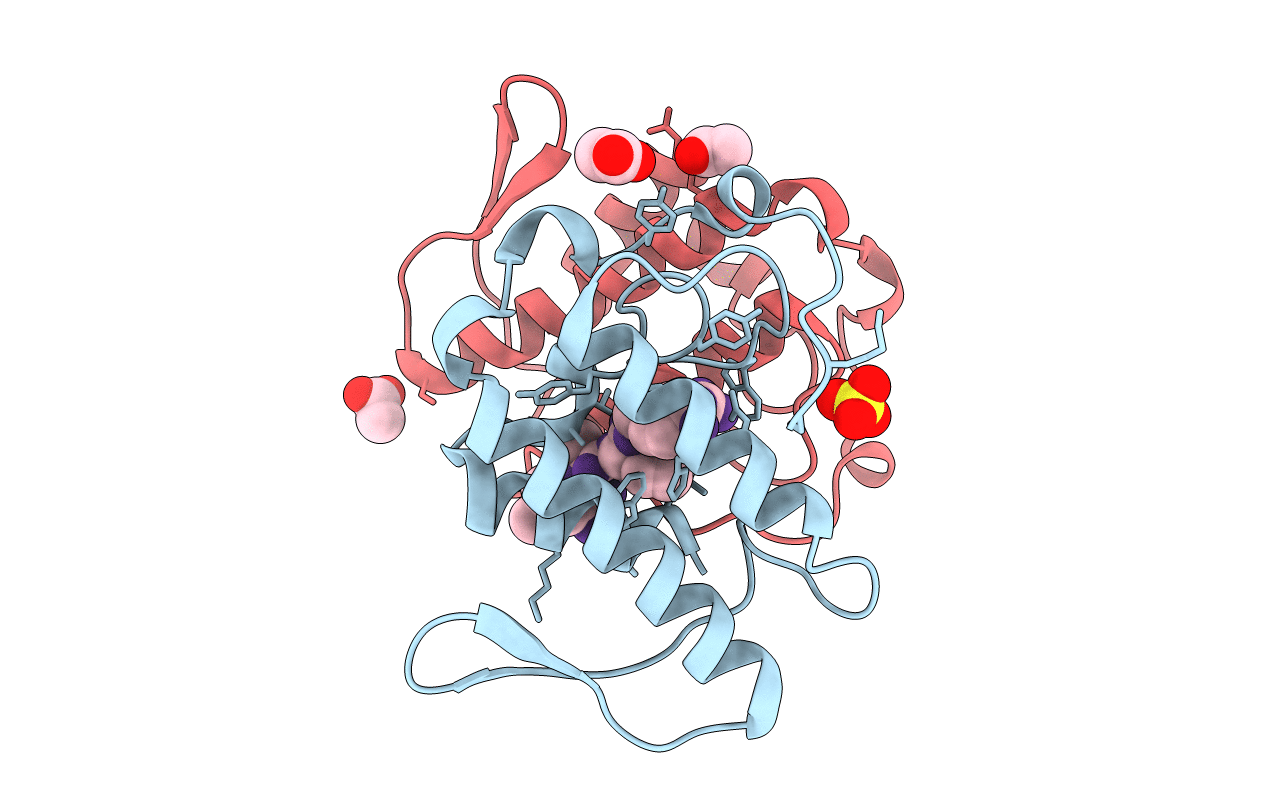
Deposition Date
2001-08-04
Release Date
2002-11-06
Last Version Date
2024-11-20
Entry Detail
PDB ID:
1JQ8
Keywords:
Title:
Design of specific inhibitors of phospholipase A2: Crystal structure of a complex formed between phospholipase A2 from Daboia russelli pulchella and a designed pentapeptide Leu-Ala-Ile-Tyr-Ser at 2.0 resolution
Biological Source:
Source Organism:
Daboia russellii pulchella (Taxon ID: 97228)
Method Details:
Experimental Method:
Resolution:
2.00 Å
R-Value Free:
0.19
R-Value Work:
0.18
R-Value Observed:
0.18
Space Group:
C 2 2 21


